It’s been some time since my last post to say the least. Since April I’ve travelled to Tanzania for work and then onto South Africa for a holiday before eventually coming back to Canada. It had been a few years since I had been to this wonderful part of the world so it was great to get back. For the next little while I will post some images from my experiences there.
There was certainly no mistaking when this buffalo herd was nearby. Stretching for more than a kilometer, this large herd was a sight to be seen, kicking up dust with every step as they slowly made their way to one of the last remaining watering holes not dried up from the prolonged drought. Travelling along with them was their mini-ecosystem of assorted insects and birds.
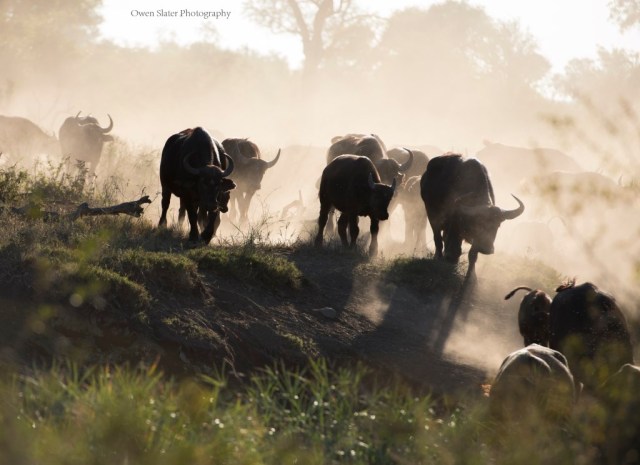
Equally as impressive were the sounds. The constant rumble of their hooves pounding the dirt, periodically interrupted by snorting bulls crashing through bushes in their way, bawling calves, hordes of buzzing insects and flocks of squawking ox peckers.
Even when hidden from view and resting in the shade, getting downwind of them told me they had not gone far! Three adult lions were nearby, but they didn’t even bother getting up to investigate. With full stomachs and the hot sun beating down, they had no interest in testing the buffalo that day.
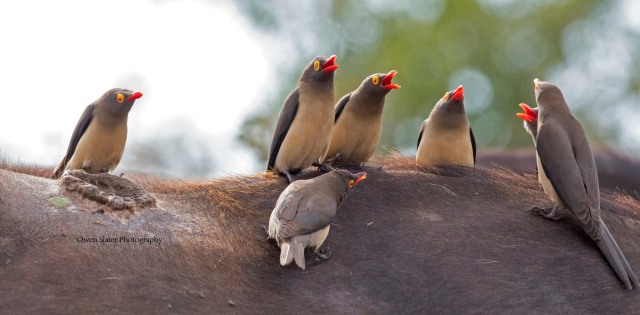




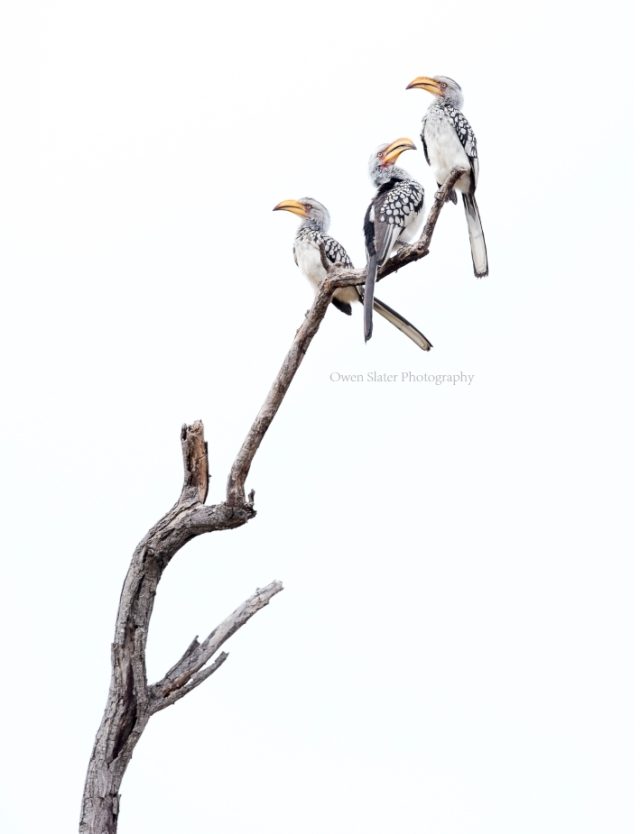




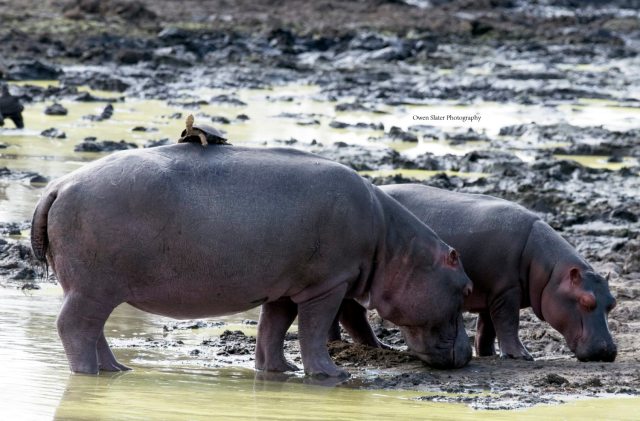


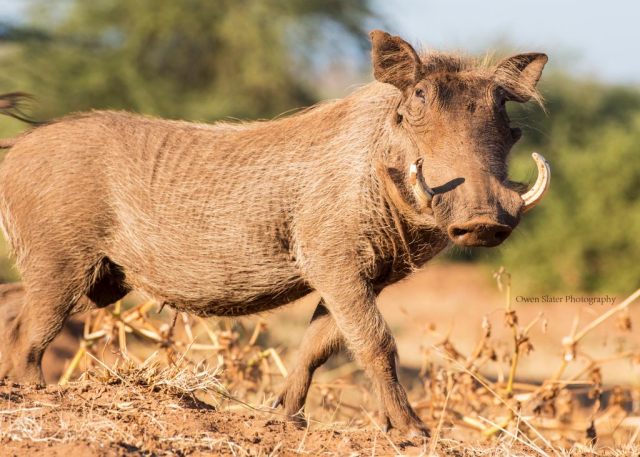

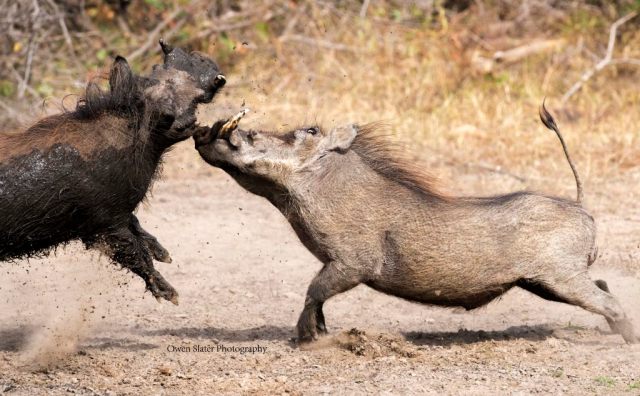 After chasing the younger male away, he walked over to the female while clattering his teeth and drooling for her attention. However, on this morning she was more interested in getting a drink than any of his advances. The male got the message and without missing a beat, he wandered off to try his luck with another female.
After chasing the younger male away, he walked over to the female while clattering his teeth and drooling for her attention. However, on this morning she was more interested in getting a drink than any of his advances. The male got the message and without missing a beat, he wandered off to try his luck with another female.

